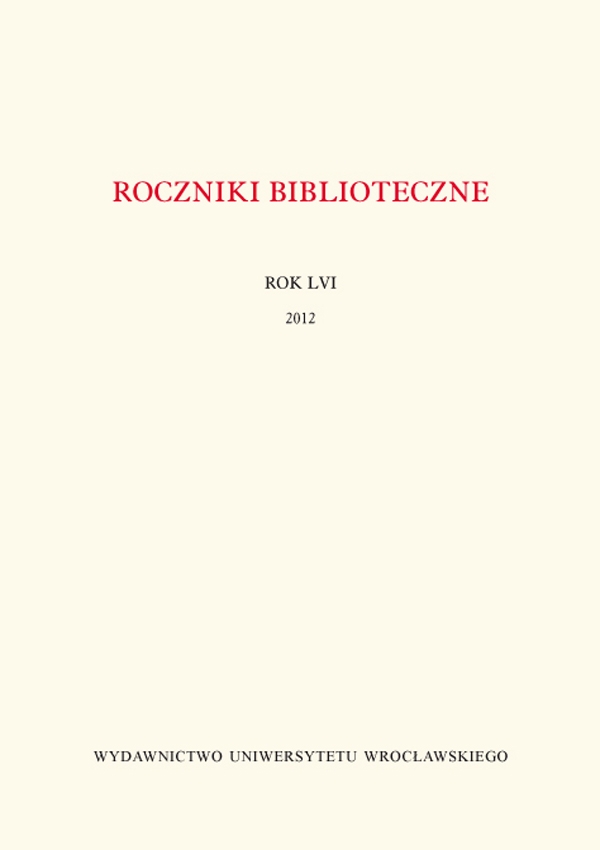

Artykuły i materiały

POLISH LITERATURE FOR CHILDREN AND YOUNG PEOPLE IN THE FETTERS OF CENSORSHIP. PUBLISHING EVALUATIONS OF BOOKS FROM 1948–1956
The authorities in the communist Poland saw literature for children and young people as an important tool in the ideological struggle to be used primarily to educate new generations of citizens in the spirit of the socialist ideology. In the late 1940s and early 1950s there was a marked intensification of the activities of Główny Urząd Kontroli Prasy, Publikacji i Widowisk the Central Bureau for the Control of the Press, Publishing and Public Performances in Warsaw and its regional branches. Their objective was undoubtedly to promote the desired content only and this activity is documented by, for example, review reports kept in Archiwum Akt Nowych the Central Archives of Modern Records and dealing with books for children and young people submitted for publication. The surviving documents reveal the bureaucratic methods used by this institution and contain interesting examples of the socialist realist newspeak. The review reports indicate a number of strategies applied to impose on young readers the only ideologically correct vision of the world. There are 3 groups of reviews in the analysed materials: negative, positive, and the ones accepting the work in question provided that suggested changes were introduced. Censors examined not only contemporary works; “correction” of classic works e.g. fairy tales to adapt them to the official ideologywas a fairly common phenomenon. Some subjects e.g. social transformations, development of rural areas, great industrial investments were clearly promoted; specific types of plots were imposed as well. At the same time some issues, especially those associated with historical facts inconvenient for the new government Warsaw Uprising, Home Army, social role of the Catholic Church were either limited or eliminated entirely from works to be published. Censors tried to place the historical literary process within the framework of the class struggle. The basic premise of this approach was to be the predominance of realist content, hence the censors’ frequent criticism concerning anthropomorphism, which is characteristic of children’s literature. All works, especially those addressed to young readers, were to be optimistic, imbued with vitality, work ethos and the spirit of collective action. The control apparatus had a significant influence on the themes and quality of the works of the “fourth” literature published in 1948–1956, contributing to their schematic character and to the elimination of many eminent writers and poets from circulation.